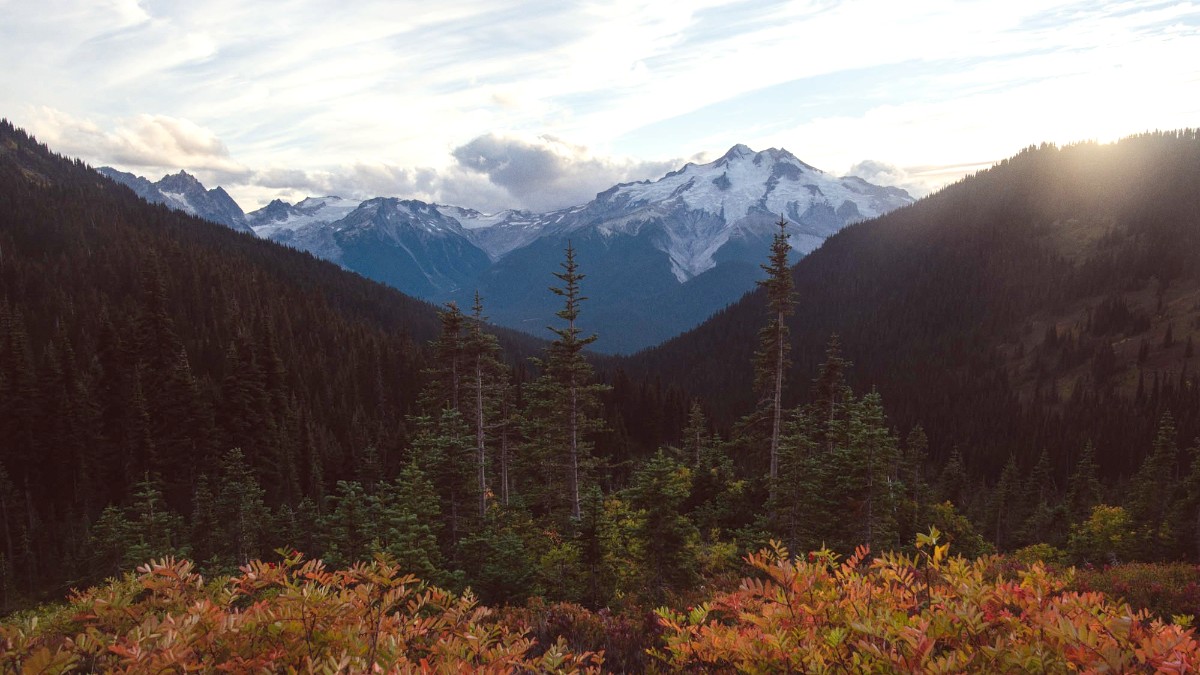
Summer (June - August): This period presents the warmest and driest weather. Temperatures typically range from 65°F to 85°F (18°C to 29°C) in cities and coastal areas. Inland regions might experience temperatures exceeding 90°F (32°C). Rainfall is minimal during these months. Humidity generally stays low to moderate. This season is ideal for various outdoor activities, including hiking, camping, and watersports. Long daylight hours make for extended days of exploration.
Fall (September - November): Mild temperatures characterize the fall, ranging from 45°F to 65°F (7°C to 18°C). Precipitation increases, especially from mid-October. Humidity rises during this time. It is a beautiful season for scenic drives and enjoying the changing colors.
Winter (December - February): The Pacific Northwest experiences cool and wet winters. Lowland temperatures generally hover between 35°F and 50°F (2°C to 10°C). Significant rainfall defines this season. Snowfall becomes common in mountainous regions, making it a destination for winter sports. Humidity is high. Cities offer a cozy atmosphere with thriving coffee shop and indoor attraction scenes.
Spring (March - May): Spring brings mild, gradually warming temperatures, typically between 45°F to 65°F (7°C to 18°C). Precipitation varies, transitioning from winter rains to drier, sunnier days by late spring. Moderate humidity prevails. This season is known for wildflowers blooming across the landscapes, from city parks to mountain foothills. Early spring can still have wet weather, but late spring offers pleasant conditions.
Late summer and early fall can bring wildfire smoke, notably in inland areas and east of the Cascade Mountains. This smoke can impact air quality. Travelers should monitor local air quality alerts. Periods of intense rainfall, known as atmospheric rivers, can occur, especially in winter. These can lead to localized flooding and mudslides. Check forecasts if traveling during the wet season. Extreme heat can occur in July and August, especially in inland valleys. Plan for hydration and seek shade during these events.
Peak Demand
Warm, sunny weather; ideal outdoor conditions; long daylight hours; most attractions open; national parks accessible.
Peak prices for accommodation/flights; large crowds at popular sites.
Moderate Demand
Mild, pleasant temperatures; fewer crowds; lower prices; good for city exploration.
Variable weather with common rain showers; higher elevation trails may be inaccessible.
Lowest Demand
Significantly lower prices; minimal crowds; ideal for winter sports; cozy city atmosphere.
Cold, wet, and often gray weather; shorter daylight hours; limited outdoor activities.
For hiking and backpacking, July to September is optimal for high elevations. May to October works well for lower elevations. Skiing and snowboarding feature the best conditions from December to March. Whale watching typically occurs from March to October, with opportunities to see various species.
City exploration holds suitability year-round, with shoulder seasons presenting a good balance of weather and crowd levels. Wine tasting in the Willamette Valley showcases blooms in spring, while late summer and fall highlight the harvest season.
High elevations: July-Sept; Lower elevations: May-Oct.
December-March for best conditions.
March-October (various species).
Year-round suitability; Shoulder seasons for balance.
Spring (blooms) & Late Summer/Fall (harvest).
For travel to the Pacific Northwest, understanding United States entry regulations holds significance. This guide focuses on U.S. Entry for visitors to Washington, Oregon, and Idaho.
The main entry option for most tourists includes either a visa or an ESTA authorization under the Visa Waiver Program (VWP).
Gathering the correct documents prior to your trip prevents issues upon arrival.
The United States Dollar (USD or $) is the official currency.
The Pacific Northwest is generally safe for tourists, but understanding local conditions and preparing for common concerns is a wise approach.
Routine vaccinations like MMR, DTaP, Polio, Varicella, and Flu shot. Consult a healthcare professional 4-6 weeks before travel.
Seasonal allergies (bring antihistamines), sunburn/dehydration (use Sunscreen, Sunglasses, Hat), ticks/mosquitoes (use Repellent), poison ivy/oak (identify and avoid), altitude sickness (rare for general tourism).
High-quality medical care in urban/suburban areas. Dial 911 for emergencies. Pharmacies widely available.
Tap water is safe to drink throughout the Pacific Northwest.
Bottled water is widely available. Using a Reusable water bottle helps reduce plastic waste. Food safety standards are high. Eat from reputable establishments, and choose street food vendors with clear hygiene practices.
Always prioritize your health by drinking plenty of water and maintaining good hygiene practices.
Awareness of surroundings in crowded areas (Pike Place Market) or public transit. Secure valuables.
Common in urban areas and near trailheads. Never leave valuables visible in your car. Store items in the trunk.
Visible in major urban centers. Exercise common urban safety precautions, especially at night. Avoid isolated areas.
The Pacific Northwest experiences certain natural events. Awareness and preparation are wise.
Comprehensive Travel insurance is highly recommended. It should cover medical emergencies, evacuation, trip cancellation, and lost baggage. Consider policies with adventure activity coverage. Compare options on sites like SafetyWing or Insubuy.
Dial 911 for Police, Fire, or Ambulance (U.S.).
U.S. National Poison Control Center: 1-800-222-1222.
Keep contact details handy; Seattle and Portland host several foreign consulates.